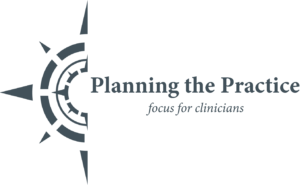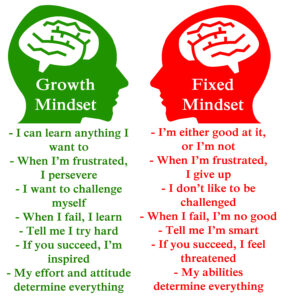
Moving Forward Without Complete Clarity
 When starting, running, or owning a business, one of the scariest things to do is make decisions without complete clarity. Perhaps developing the ability to move forward is one of the skills that make the difference between good and great companies.
When starting, running, or owning a business, one of the scariest things to do is make decisions without complete clarity. Perhaps developing the ability to move forward is one of the skills that make the difference between good and great companies.
As I was thinking about writing this article it occurred to me that having complete clarity in most decisions is actually quite impossible. I saw a basic flowchart in my mind that started out simply enough, with a yes or no question. No matter what the question is and no matter what my answer is, the results continue to become more complex, leading to potentially more complex questions with any number of potential outcomes. It is easy to see how this kind of thinking can quickly lead to decision paralysis or what is commonly known as paralysis of analysis.
Over the past couple of years, I have been on a new journey the details of which are not necessary for this article. But as part of this journey, one of the things I wanted to get better at was making decisions. Making better decisions required two things of me: a willingness to fail and developing my curiosity.
You’ve heard before that a majority of new businesses will fail within the first five years. Somehow if an owner is able to make it over that 5-year hump in the dirt road their pathway to success is paved. Not true. This kind of thinking comes from a fixed mindset. The fixed mindset is a belief that who you are is not changeable and creates a need to prove yourself over and over (There are a number of great resources on mindset, I encourage you to check out Carol Dweck’s Mindset).
For me to develop a willingness to fail I needed to practice developing a growth mindset. Dr. Dweck says,
[A] growth mindset is based on the belief that your basic qualities are things you can cultivate through your efforts, your strategies, and help from others. Although people may differ in every which way—in their initial talents and aptitudes, interests, or temperaments—everyone can change and grow through application and experience.
What this meant for me is, I needed to learn that failure is always an option, and it didn’t mean I was a failure. It also meant that I needed to learn that failure was not an end of something but an opportunity. Shifting my thinking in this way hasn’t been easy. But I am learning that when things do not go as I planned or hoped they would, I can glean valuable information about myself and my goals.
Gathering information about failures requires that I be curious about myself and the activity(ies) I was engaged in. More specifically, it requires I become curious about information, all kinds. Being curious leads to experimenting.
In general, I think most of us grow up naturally curious, but our environments discourage curiosity and many of us lose the desire to know more about more. Many parents encourage their children to stop asking questions like ‘why’ because ‘I’m the parent and said so’ (I’m guilty of this too). I think I was a curious child but recall a number of situations where I was told no or not to do something, albeit probably for safety reasons. But I also recall quite a bit of freedom to explore my natural surroundings.
Here I am as an adult now and trying to overcome the mundane structures that are often placed on us because ‘that’s the way we do things’. I have also learned that people, in general, do not like change. So, I had to figure out a way to move the business forward without causing a great deal of anxiety in myself or those I work with. Labeling new initiatives as experiments were really helpful here. But experimenting was more than a label for me.
I needed to experiment with new ways of accomplishing tasks. I needed to experiment with new ideas, models, and concepts for achieving my own growth goals. This meant that I had to start asking good questions about myself, my goals, and the process I intended to use to meet them.
I also needed to learn how to ask good questions so that I could learn from errors. Perhaps the answers to my questions would lead me to make a simple correction and press on with my process. Other times, the answers to my questions required me to make drastic changes in my life’s trajectory.
So, how do you move forward without complete clarity? First, you need to realize that complete clarity is more often than not, impossible. No matter what decision you make, little or small, the outcome is unknown and cannot be predicted with 100% accuracy, 100% of the time. Second, you need to work on reframing how you view yourself. Do you tend to operate from a fixed mindset where you are limited to the traits you were born with? Or do you operate from a growth mindset where you can learn something new every moment, every day, for the rest of your life? These opportunities then allow you to make necessary changes in how you move forward with any decision you need to make. Third, reframe the work you do as experimental. This may not always be necessary, but it is a technique that may help you practice your growth mindset.
As you work to make some necessary changes in the way you see yourself, your circumstances, and understand complete clarity is a myth, it should be much easier to get over the fear that sometimes keeps us from making any decision at all.
We’d love to hear from you on this topic. Feel free to leave your comments below or head over to our Socials to continue the conversation.